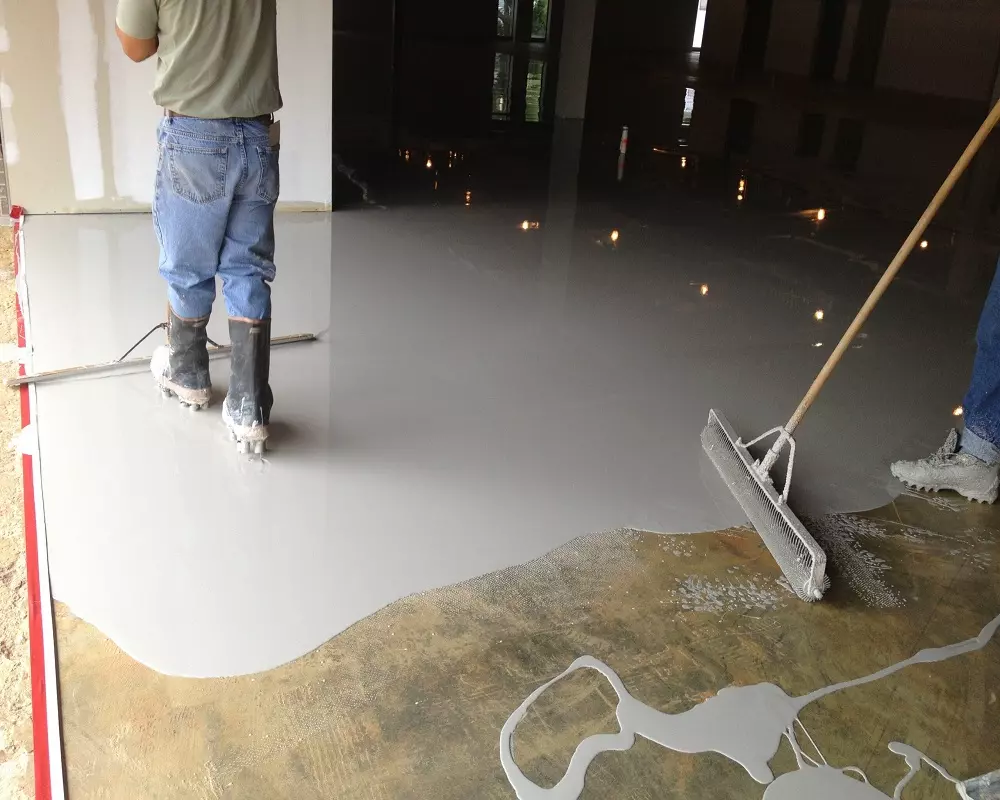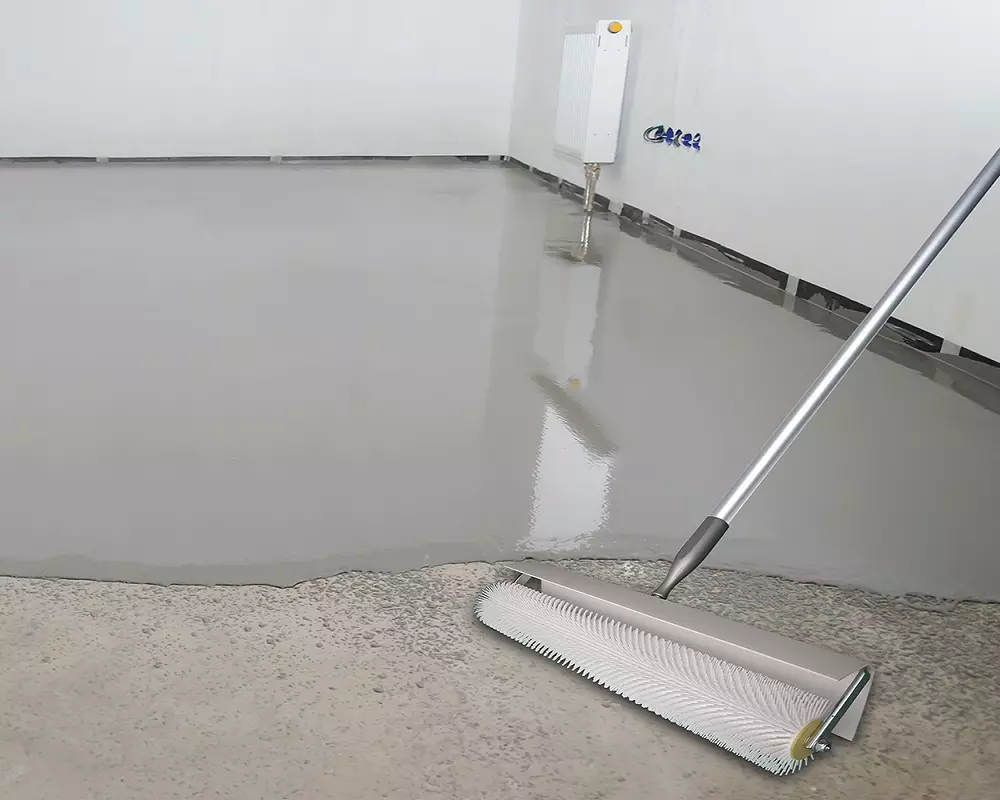FAQ
A: Floor self-leveling is a technique used to create a smooth and level surface by applying a self-leveling compound. This compound fills in gaps, cracks, and uneven areas, resulting in a flat and even floor.
A: Floor self-leveling offers several benefits, including enhanced safety by reducing tripping hazards, improved aesthetics, increased durability, and ease of installation.
A: The drying time for self-leveling compounds can vary depending on the specific product and environmental conditions. Typically, it takes 24 to 48 hours for the compound to dry completely.
A: Yes, floor self-leveling can be applied over various flooring materials such as concrete, wood, tile, or vinyl. However, proper surface preparation and compatibility considerations are essential for successful application.
A: While floor self-leveling can be a DIY project, it is recommended to seek professional assistance, especially for larger areas or complex projects. Professionals have the experience and expertise to ensure proper application and achieve optimal results.
A: Yes, floor self-leveling is suitable for both residential and commercial spaces. It is commonly used in homes, offices, retail stores, healthcare facilities, and other commercial settings.
A: A properly installed and maintained self-leveling floor can last for many years. The longevity of the floor depends on factors such as the quality of materials used, the amount of foot traffic, and the level of maintenance.
A: Yes, self-leveling floors can serve as a base for various types of flooring materials. Once the self-leveling compound is dry, it can be covered with tiles, hardwood, laminate, or other desired flooring options.





